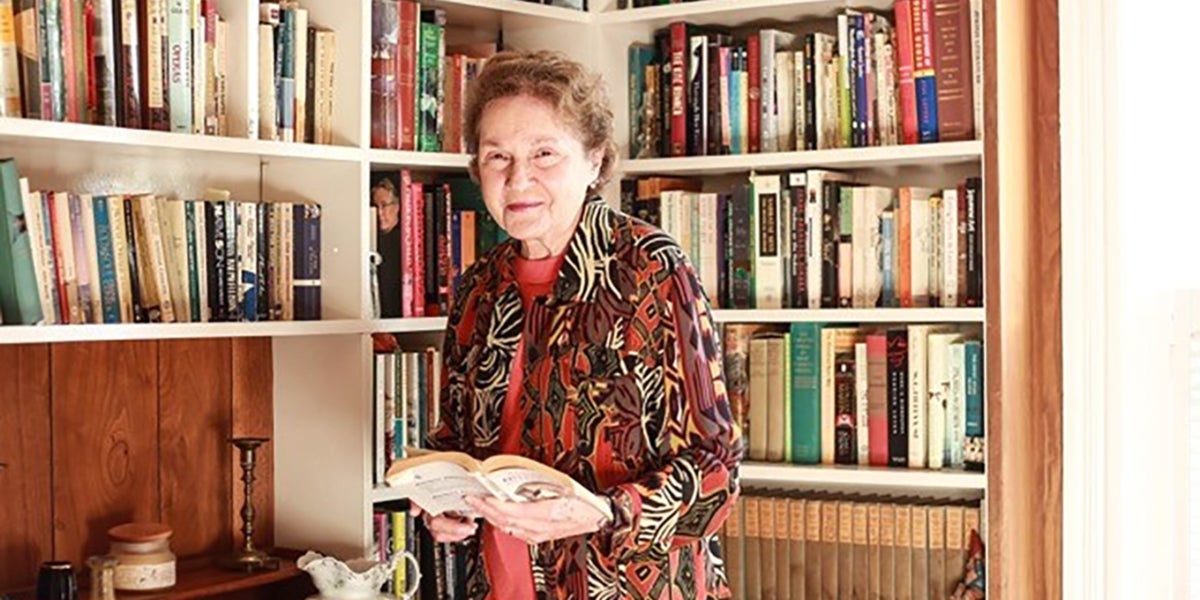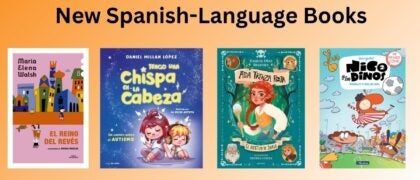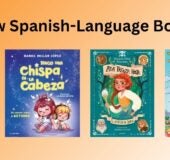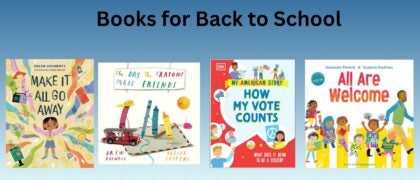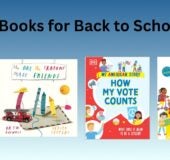“Nothing can replace you, the teacher, in the classroom. Unlike computers and robots, when you possess deep knowledge about how children learn, you can process students’ actions, words, and written work and provide feedback that moves each child forward. Moreover, you have a heart and emotional center that enables you to build students’ self-efficacy, self-confidence, motivation, and engagement in learning because students feel your respect and trust, your hopes and goals, as they experience your investment in their progress”. – Laura Robb
A powerful statement. And, so very true. Now more than ever, it is important to remember that teaching, the relationship between teacher and student, is the one consistent common denominator to ensuring student success. Laura knows this all too well. A classroom teacher for more than 43 years and author of more than 30 books on literacy, Laura continues to coach teachers, speak at national conferences, and work with elementary and middle school students who are developing readers. She is also a founding member of the Penguin Random House Elementary Teacher Advisory Board.
Sydney Gordon, our Penguin Random House Education Summer Intern, spoke with Laura about teaching and specifically teaching reading and writing as the fundamental pathway to student success.
Sydney Gordon (SG): What motivated you to stay in teaching all these years?
Laura Robb (LR): I have been teaching close to 50 years because it is a journey that never ends. I keep learning from the children and from other educators, and I really love working with kids. Especially the kids I’m working with now, who everyone says they’ll never learn how to read, and they do learn how to read. I can’t see myself stopping at all.
SG: How has the classroom environment changed since you started teaching?
LR: For me, it’s changed a lot. The first class I had my students sat in rows, for the first two or three years. Then, I started learning a lot about education. As I began to watch the children and learn from them I began to realize no one should sit in rows. We should be talking and working in groups. By my fifth year teaching, kids were sitting in teams and talking and collaborating together. I think it is important for the student to feel that the classroom is our classroom, not my classroom, and that they are involved in negotiating curriculum, projects they are going to do, and books that I bring into the classroom.
SG: What is the most important lesson you stress to your teachers?
LR: The first thing I stress is kindness. It is very important to be kind to children, and to listen to them. A lot of times when children act out, that is their way of saying they need help. You have to be kind and watch the children, I tell them the children are your best teachers. Not only do they teach you what is working and what you need to refine in a lesson, but they also teach you what they need.
SG: How do you think consistent reading affects childhood development?
LR: Consistent reading affects a lot of things. It affects the ability to concentrate. There are two types of stamina: the stamina to concentrate for thirty minutes so that you can really get into a book and the stamina that helps children read longer books. When you read a novel and learn information about the characters and then that information can drop for a while, but it may come up again a third of the way through the book. Stamina is remembering information well enough so that you can bring it back and use it as the story moves forward. That only happens form reading wonderful books like Penguin Random House publishes. When you read and you step into the skin of another person and you live life as they live it, you develop compassion, empathy, and you begin to understand different cultures and that is what we have to build on.
SG: What helps kids become successful?
LR: The first thing the teacher has to do is develop a trusting relationship. If you don’t have the trust of a child, that child is not going to work hard for you. It is the teacher’s job to respect and value every child. You need to give them experiences where they are successful. When one novel is assigned there may be kids who cannot read at that grade level; they’re not successful, and they develop a very low opinion of themselves over the years as that continues. The kids who read above that level are not making progress because they are reading at their independent reading level. To really be a good teacher you have to meet children where they are and that is the challenge.
SG: What do you tell students to encourage them to read?
LR: I worked with a group of children who entered fifth grade reading at a first grade level. When I asked them why it was important to them to learn how to read and they said: “So other kids don’t make fun of me.” We had a lot of conversations about why we had to go back and read easy books, and then it is showing them every millimeter of progress they make. My favorite strategy at the end of the day is I tell the kids what I noticed. I may say something like: “I noticed that when you worked with a partner, both of you were talking and taking notes in your notebook and that shows me that you were really interested in what you are learning.” It is very affirming when we notice what they did well, and it is a teacher’s job to find something to notice that is positive. Some days it is hard, but if you do not show them what you value, then they will not know what to build on. Another way I encourage reading is giving them a choice on what they want to read. It’s called modified choice, I give them a choice of three or four books that I know they would be successful with.
SG: What do you do when you notice a child struggling or getting discouraged?
LR: The first thing I do when I see a kid who seems discouraged is I have a private talk with him/her. If a child trusts you, they will tell you if there is a problem, and then I can start working on it with them. I will make sure that every day I am pointing out progress that I see to help them feel they are moving forward. It requires a lot of communication.
SG: Has a student ever said something that really stuck with you?
LR: I was working three years ago in a class–the school brought me in and I worked there for half a year. We started doing an independent reading curriculum and three weeks before school ended I asked the kids to write how they felt when they read. This sixth grade boy said, “When I find a book that I can’t put down, nothing will stop me from reading it! Unless my pants are on fire.” That is what I am looking for, that deep engagement with a book. You cannot get it if you have five minutes to read, you need at least fifteen to twenty minutes.
SG: Is there a specific book you recommend for younger students?
LR: I really go with the students’ interests, and if they have a favorite author or they are interested in learning something, then I will find them books. I was working with seventh graders a few years ago and the day I walked in a girl came up to me and said: “You will never get me to read.” I started asking her what books she would like to read and she said, “If you can find books about vampires, I’ll read them.” Of course I went on a mission: I went to the public library and I raided the library at my sons school, and I came up with five books that I thought she could read that were appropriate. She started reading and after the third book she said, “You got any more like these?” You have to give the child some say in what they are reading. I also love the Step into Reading Books. The texts are written so well and the illustrations are beautiful. Best of all, developing readers really enjoy the nonfiction books and biographies.
SG: What is your favorite teaching memory?
LR: It happened with a group of children; we read the book Stone Fox. It was the first time they had ever read a novel and they loved the story. When we finished it, this one little girl closed the book and she said “I wish it didn’t end, but I think I’m a reader now.” That is why you stay in the profession, when you see that kind of growth. We have to really get all children to be readers and thinkers. You need the beautiful books that Penguin Random House publish because they are treasures and the kids love them.
Laura Robb is the author of “Let’s Work Together Teaching Guide” a new series of guides from Penguin Random House Education. To view and download the guides in this series, click here.
New Guides will be published monthly, so to be notified when guides are available and to receive news on the latest books, collections and other educator resources, please subscribe to the PRH Elementary Education Newsletter here.

